IMOCAs, transition laboratories
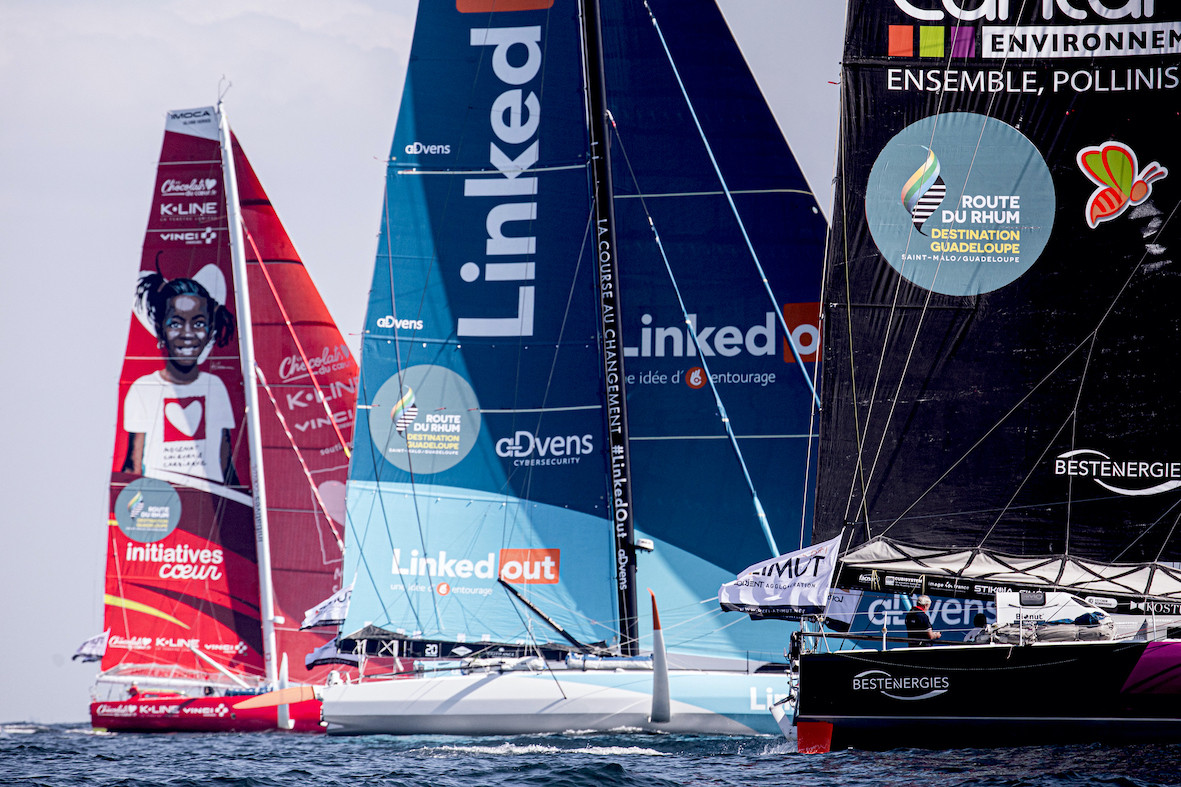
Since the creation of the Class IMOCA in 1991, the skippers have endeavoured to create avant-garde boats, reflecting the inspiration of their time and capable of testing their innovations on the Ocean, in some extreme conditions. These technological laboratories have done much to contribute to the developments in the marine sector generally.
Aero and hydrodynamics, materials, energy, navigation software, there are a plethora of discoveries which have been transposed to the world of yachting, transport and working boats of all shapes and sizes. This calling to break new ground brings together sailors, engineers and yards the world over. Faced with the challenges of environmental transition, society is calling itself into question and top-level sport is part of the exciting challenge to invent models geared towards the future.
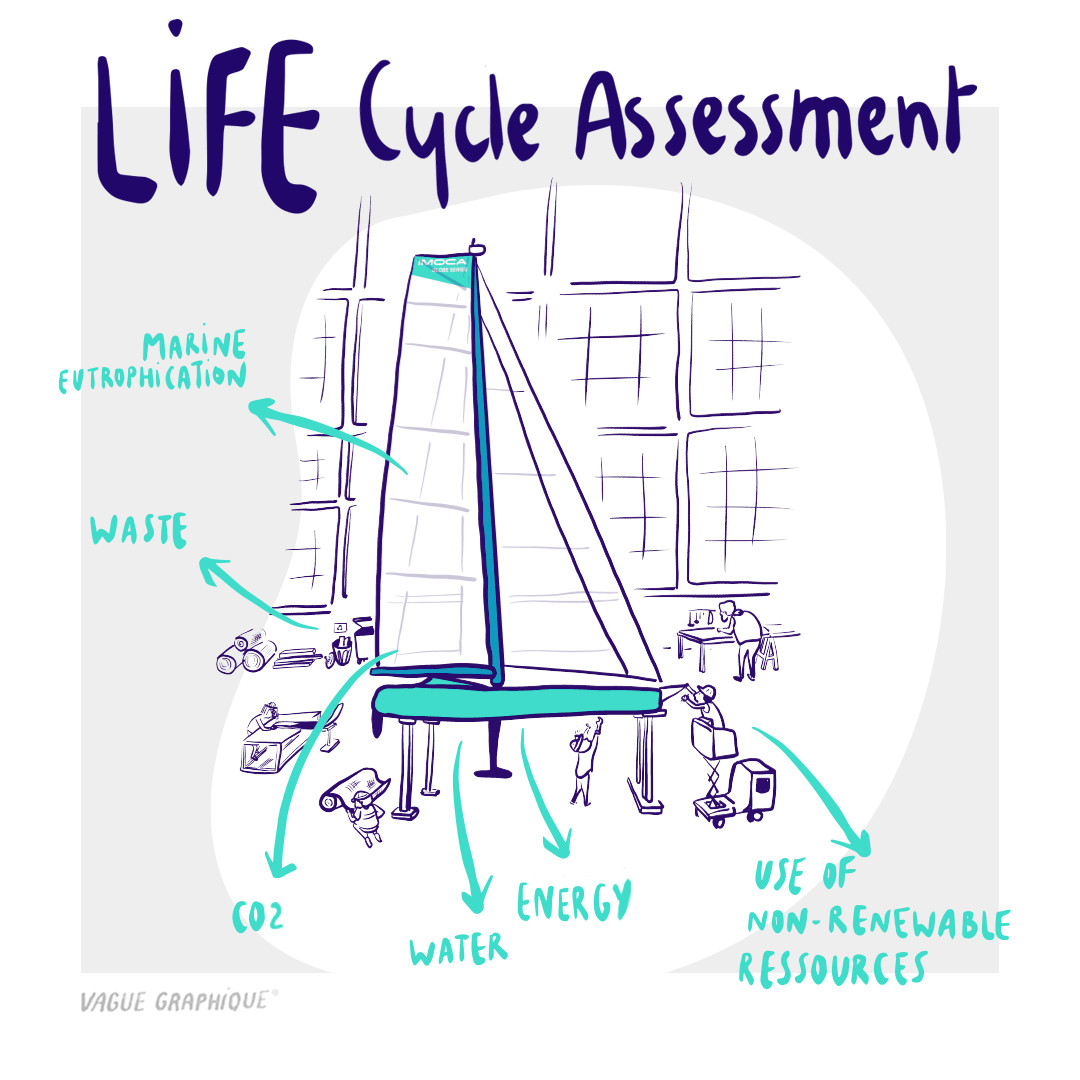
Back in 2018, the IMOCA skippers decided to include environmental transition in their brief. To do this, the Class recruited a team to spend the entire year working on this complex topic, sharing the expertise of the teams and the technological network (naval architects, yards, suppliers, etc.). Even though competition drives our sport, it is collaboration that prevails in terms of sustainable development. Then, in 2021, the IMOCA skippers voted for the first measurement rules* to act on and embrace this notion.
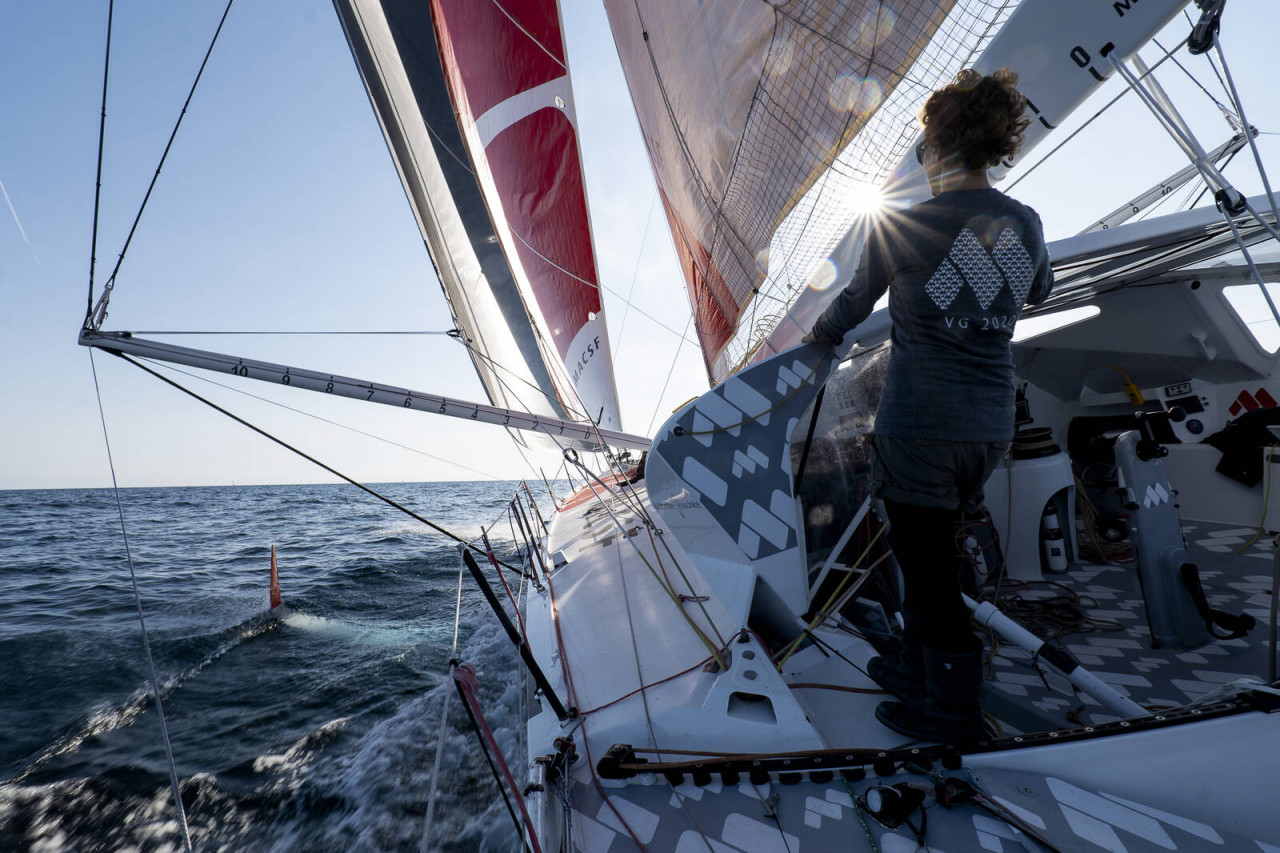
The wind will carry us
In the space of thirty years, 83 IMOCA racing yachts have seen the light of day and there will be 38 competing in the Route du Rhum-Destination Guadeloupe 2022, which equates to 46% of the fleet created. A redeployed IMOCA can go on to be used for boating, racing and even transporting sails.
It goes without saying that IMOCAs are destined to sail around the world several times, powered solely by the wind, for a good 20 years or so. Launched in 2004, François Guiffant’s KATTAN is the oldest IMOCA in Saint Malo and Hubert, helmed by Éric Bellion (COMMEUNSEULHOMME powered by Altavia) has some six circumnavigations of the globe to her credit (4 Vendée Globes and 2 Barcelona World Races), and countless transatlantic passages, which equates to over 300,000 kilometres of water beneath her hull.
Furthermore, IMOCAs race a long way from shore and must be self-sufficient, particularly in terms of energy. Though on-board electricity consumption has doubled in the past ten years, the majority of the skippers’ needs are covered by hydrogenerators, solar panels and, in some cases, wind turbines (especially around the world). The remainder is provided by diesel (60L consumed on average by an IMOCA in the Vendée Globe 2020). This electricity is used to power the navigation unit, daily life on-board, communication and safety.
Better understanding the construction impact improves how we reduce it
The marine sector (all uses combined) represents 4% of the world’s carbon fibre market (source CarbConsult). However, the yacht racing domain is rallying together to decipher its own impact and reduce it. IMOCA is not alone in this approach. Other Classes are picking up on it too, eager to break new ground together.
In 2021, the IMOCA skippers made it compulsory to carry out a Life-Cycle Assessment** for every new boat and to make these studies useful, IMOCA has internalised the process, appointed naval architect Noémie Provost, and used the same tooling, the MarineShift360 software created especially for boat building. This ISO14040:2006 and ISO14044:2006-certified tool for assessing one’s carbon footprint sources its information from the global reference database Ecoinvent. Developed by 11th Hour Racing, the software has notably enabled its IMOCA team to be the first to publish a full report in 2021 on the construction of a new generation boat, their Verdier design Mālama.
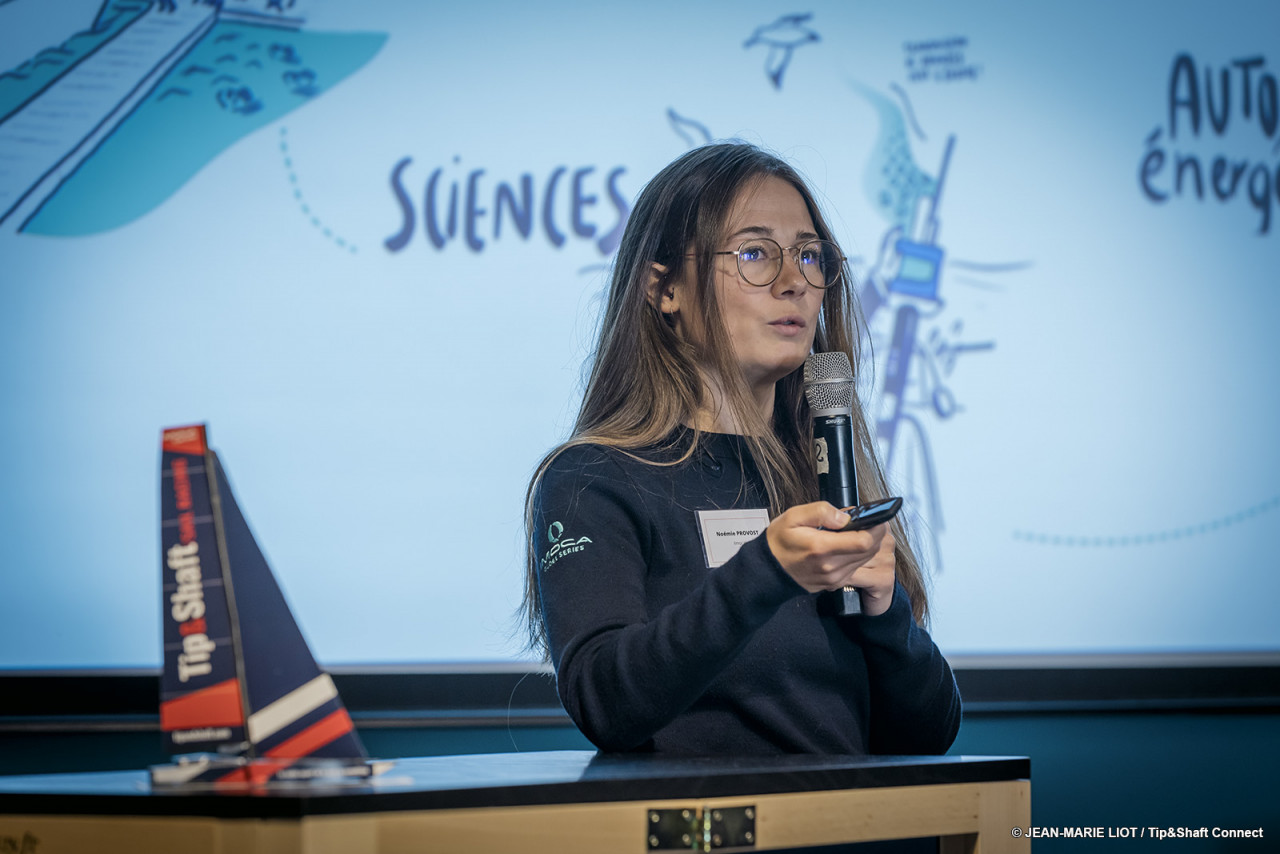
“The quest for sustainable performance doesn’t happen overnight. It involves meticulous analysis of our current situation and how we’re going to achieve it,”explains Noémie Provost. In this analysis, IMOCA has focused on the ‘shell’ section – which is the heaviest – and the manufacturing tool, namely the moulds. Three standardised elements have been examined: mast, boom and keel, as well as the prototype parts: hull, deck, structure, rudders and foils. After a year, 34 yards spanning 6 countries have collaborated on the project and 102 parts have already been analysed.
Six criteria are taken into account: the potential global warming (kgCO2), resource depletion (kgCue), marine eutrophication (kgNe), water consumption (m3), energy consumption (MJ) and waste (kg).
The LCA campaign is already providing the first results, though we’ll have to wait for the consolidated study in 2023. It turns out that waste is a hotspot with considerable potential for reduction (86% of the footprint from building a decked hull), which the network is already working on. As a result, it’s very likely that such things as waste will form a key part of the next Class Rule.
New materials: the fundamentals of trial-and-error
IMOCA’s skippers have also voted in favour of a rule enabling them to experiment with new materials. It is a forward-looking approach where boats will not be made entirely of carbon fibre composite. As such, the teams are allowed to demonstrate creativity with new or alternative fibres (flax, hemp, recycled carbon), bio-resins or thermoplastics and various core elements like balsa, recycled PET or cork, so as to build removable parts like a chart table or navigation seat for example.
For now, teams are being encouraged to manufacture a maximum of 100 kg of these parts, which will be deducted from the total IMOCA measurement weight – which gives them a slight competitive advantage. In this way, Biotherm, Bureau Vallée, Groupe APICIL, Team Malizia and V and B-Monbana-Mayenne are just some of the teams which have snapped up the opportunity to trial this new rule.
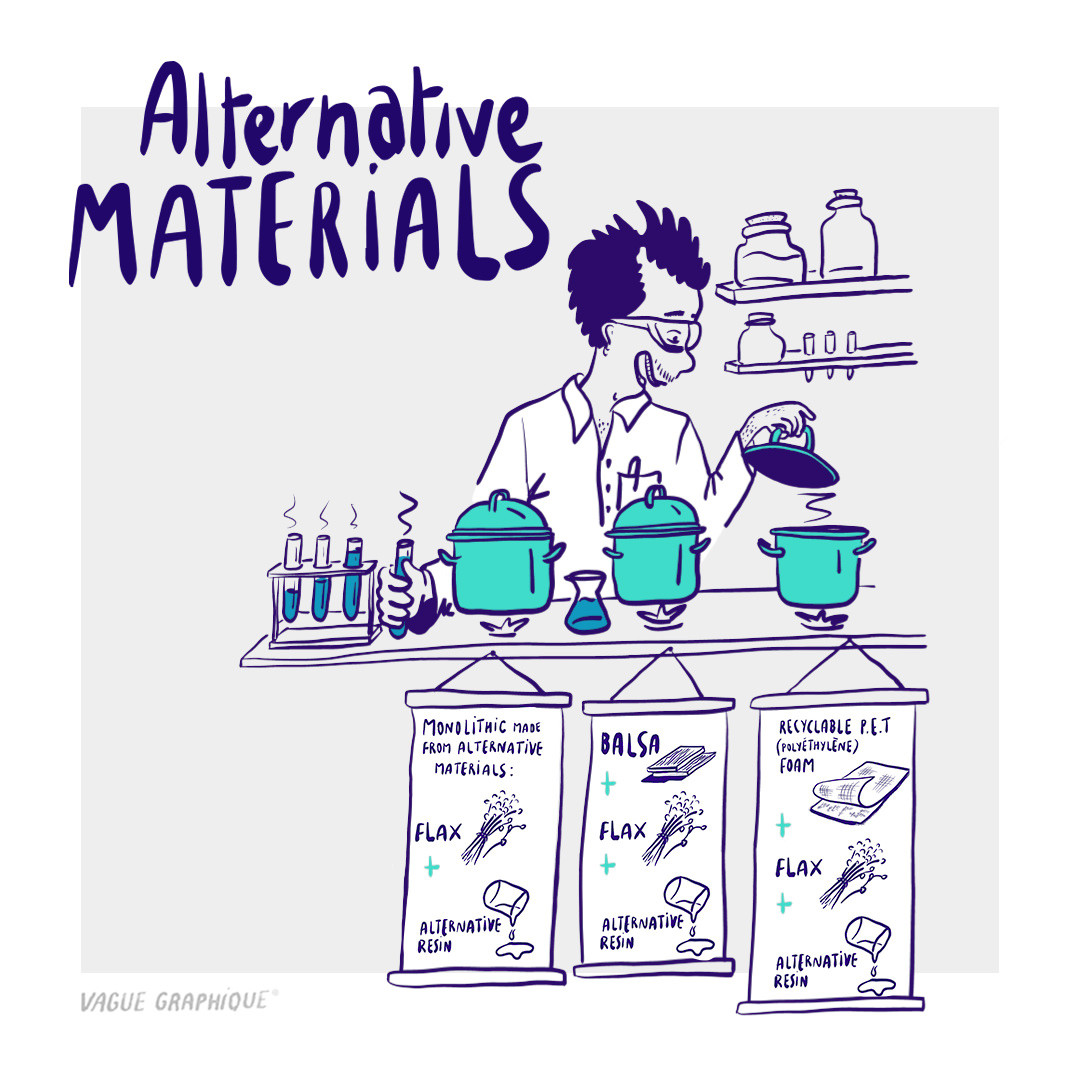
Damien Seguin’s team, Groupe APICIL, has specially taken on the services of engineer Marie van Den Heede to create customised parts: "Not only have we made electronic component brackets but also the whole rear deck. We’ve also begun to characterise the materials as the properties of flax fibre vary widely. This data will then be shared with the whole Class, which will enable us to develop our understanding of these alternative materials.”
Within Team Malizia, Boris Herrmann’s team has been working with GreenBoats, a sustainable composite manufacturer based in Bremen in Germany. Their expertise relates to reinforced natural fibre composites (NFC), but by working with Team Malizia they’ve been able to bring their process in line with the demands of competition, to the point where they can create parts that are lighter than their carbon equivalents.
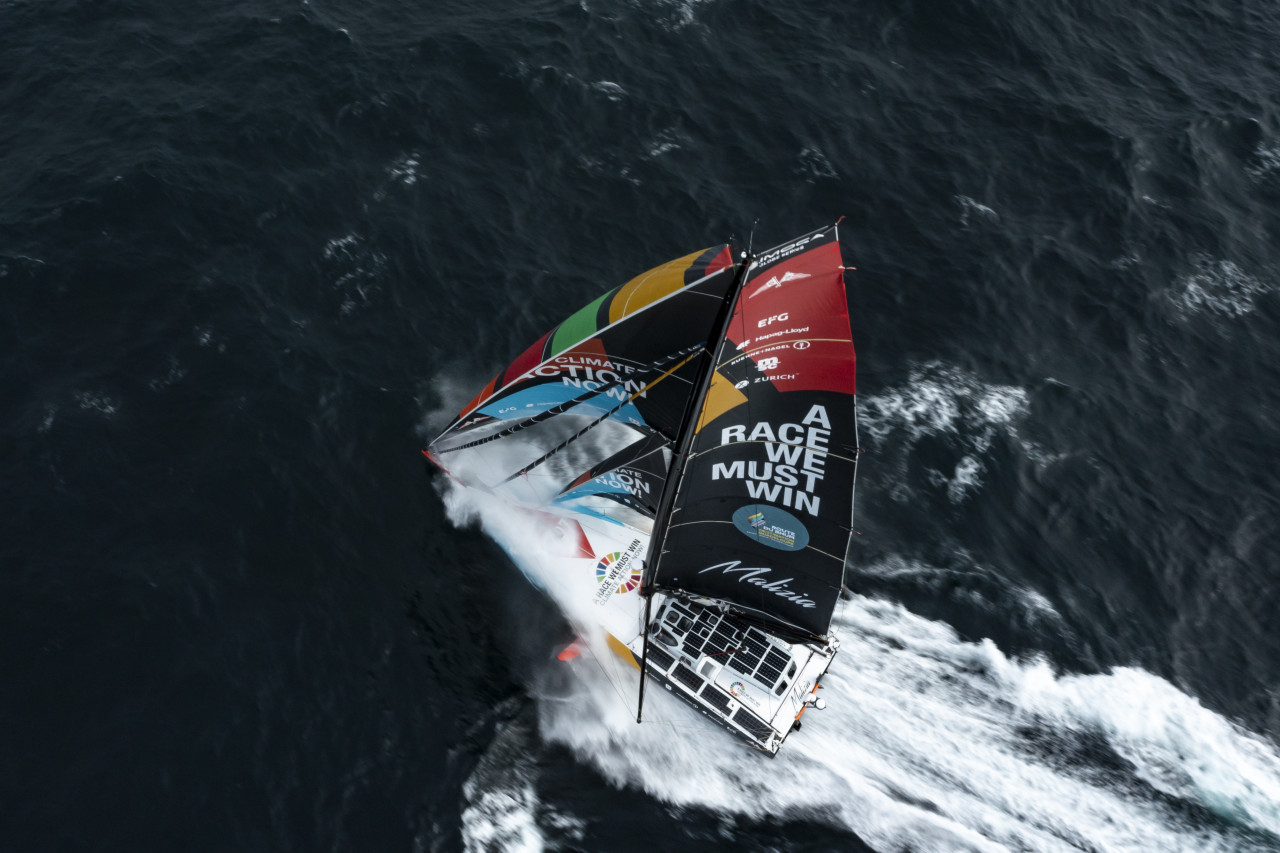
Propelling the carbon recycling industry forward
Carbon fibre is brimming with properties which enhance performance, safety and longevity. Even though the lifespan of a carbon product is relatively long, there’s always an end and, once again, it is possible to break new ground in this area.
Right now, recycling is a possibility, whose ramifications are expanding. However, numerous industries (aerospace, wind , etc.) are not exploiting it enough. Of the 56,000 tonnes of carbon fibre waste produced around the world last year, less than 1,000 tonnes were recycled.
That’s where IMOCA is beginning to play an interesting role. Thanks to the impetus of 11th Hour Racing Team, focus has shifted to a research project, which enables those recycling carbon fibre, like Gen2Carbon, to improve their recycling techniques. “The marine sector provides an opportunity to be pioneers in waste material by helping to develop an understanding of the need to deal with end of life materials, the problems created by it and the potential role of recycled fibres in a circular economy,” confirms Mark Hitchmough, Managing Director of Gen2Carbon.
Until now, teams like MACSF, CORUM L’Épargne, 11th Hour Racing and suppliers like C3 Technologies and Avel Robotics have supplied 10 tonnes of fibre waste ready to be recycled, but it doesn’t stop there. Recycled carbon fibre will be directly implemented in the IMOCA’s removable parts or in the moulds, which brings us full circle and once again highlights the role of our boats as test laboratories.
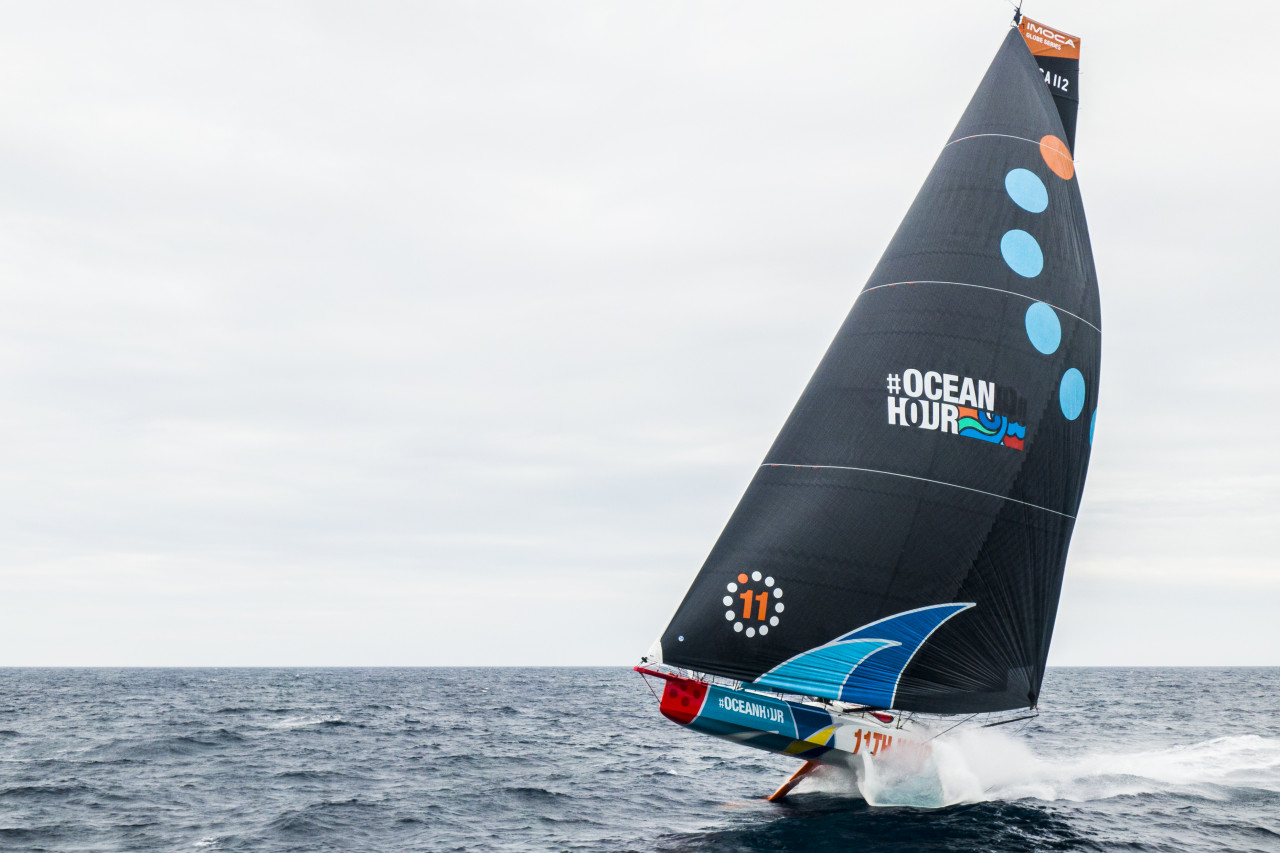 © © Amory Ross / 11th Hour Racing
© © Amory Ross / 11th Hour Racing
Let’s not forget to dream
We must also gauge the impact of sailing on an emotional level. Its magic, its ability to draw in the crowds, transform competition into an adventure and turn the attention to the ocean. Whether it be in schools, on the dock, racing virtually or by sharing stories about these daring adventures in IMOCA, this great public success is the source of its own renewable energy.
It's a source of pride and responsibility too. In Saint Malo, several dozen teams from a whole combination of different Classes, the event itself sporting the many colours of associations, NGOs and causes, will all benefit from being thrust into the spotlight. At sea, in IMOCA alone, five skippers will cross the Atlantic with measuring instruments to enable scientists to gain a better understanding of the ocean and its fragility. Indeed, it is together that we’ll continue to fuel the dream. Contributing, in its own humble way, to fuelling our small world of great sailors. See you in Saint Malo!
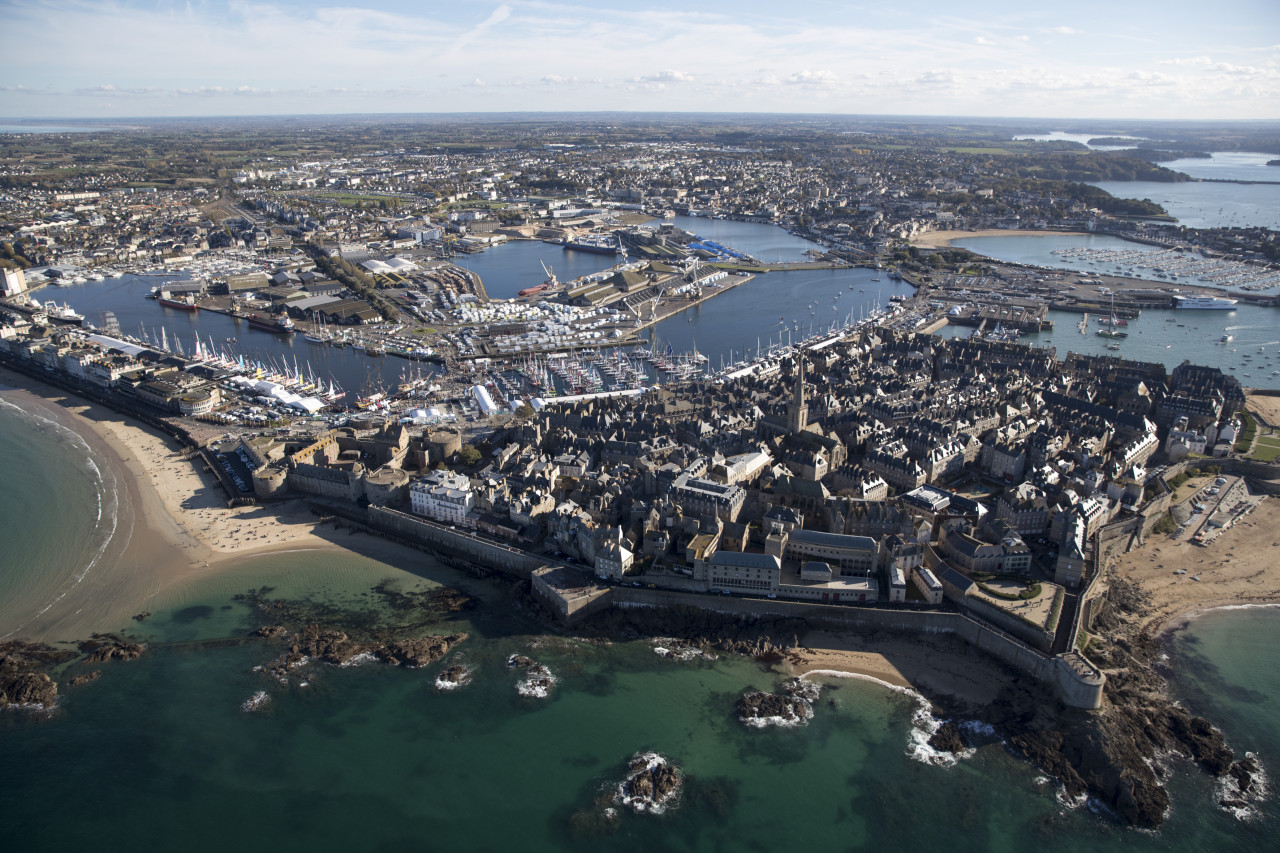 © © ALEXIS COURCOUX
© © ALEXIS COURCOUX
*Class rules 2024-25, voted for in 2021
1 – It has become compulsory to carry out a Life-Cycle Assessment throughout the construction of a new boat. The aim is to collect comparable data to better understand our impact and decide on practical ways to reduce our footprint.
2 – The measurement favours the use of alternative materials for non-structural and removable elements of the boat (chart table, seats, bunks, internal panels, etc.), which will be subtracted from the boat’s measurement weight within a 100-kilo limit. This was already the case for solar panels, green energy systems and scientific instruments.
3 – The Class has drawn up the IMOCA Teams Charter, which focuses on seven themes from the everyday life of projects. An obligation to put in place the necessary means within teams was adopted.
4 – By 2023, every competitor will have to carry one Green Sail among the eight permitted in the IMOCA GLOBE SERIES Championship races. The criteria for this sail shall be decided beforehand by the members.
5 – An IMOCA sails around the world, virtually self-sufficient in energy, thanks to hydrogenerators and energy from the sun and wind. A diesel engine is retained for safety reasons, but the rule enables a team with an alternative main engine solution to put it forward for study to gain special dispensation to use it.
**Life-Cycle Assessment
It’s a study that identifies and quantifies the physical flow of material and energy associated with human activity from a product’s manufacture to its end of life.
Teams info
THE LIST OF 40 SKIPPERS UNVEILED
The 2020 edition of the Vendée Globe has generated unprecedented interest. As a result, the organisers decided to increase the number of places at the start to 40 for the 2024 edition. 44 skippers applied for this 10th e…
•••Charlie Dalin: The podium in IMOCA is much harder to reach now
Charlie Dalin has particularly enjoyed his convincing win in the New York Vendée-Les Sables d’Olonne race. And that’s partly because he knows that even getting on the podium in the IMOCA Class is becoming more difficult.
•••